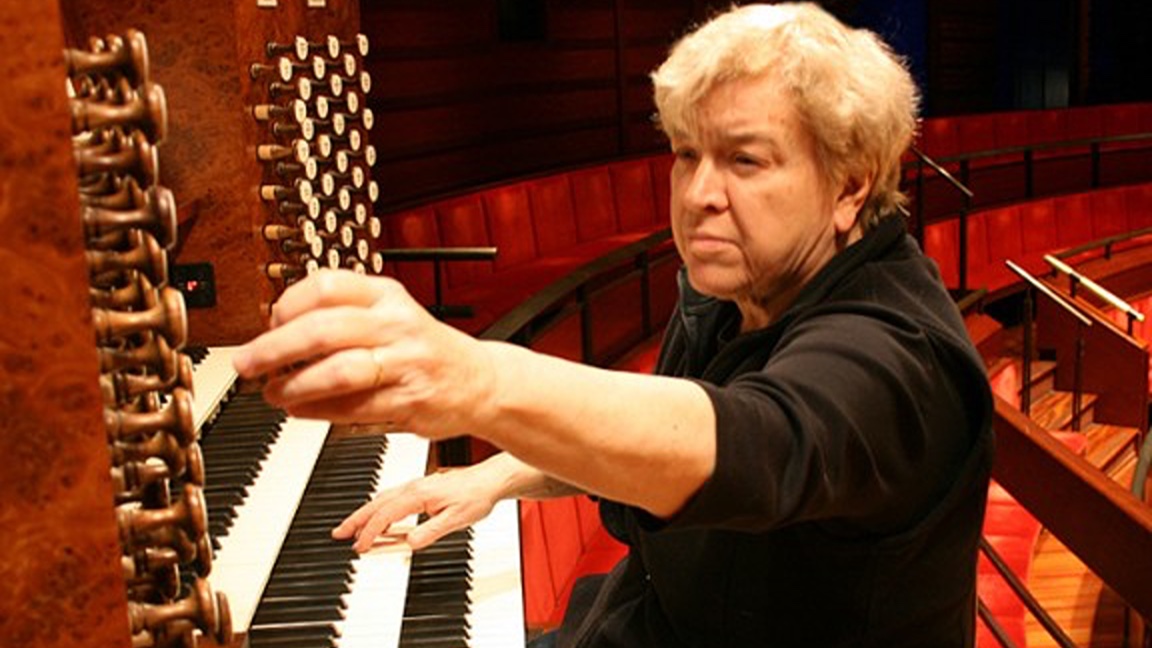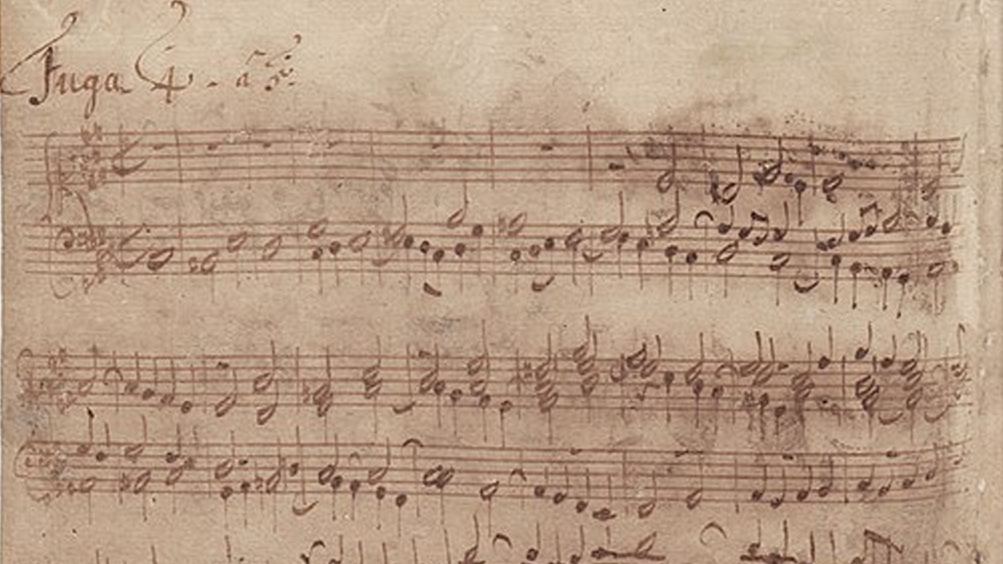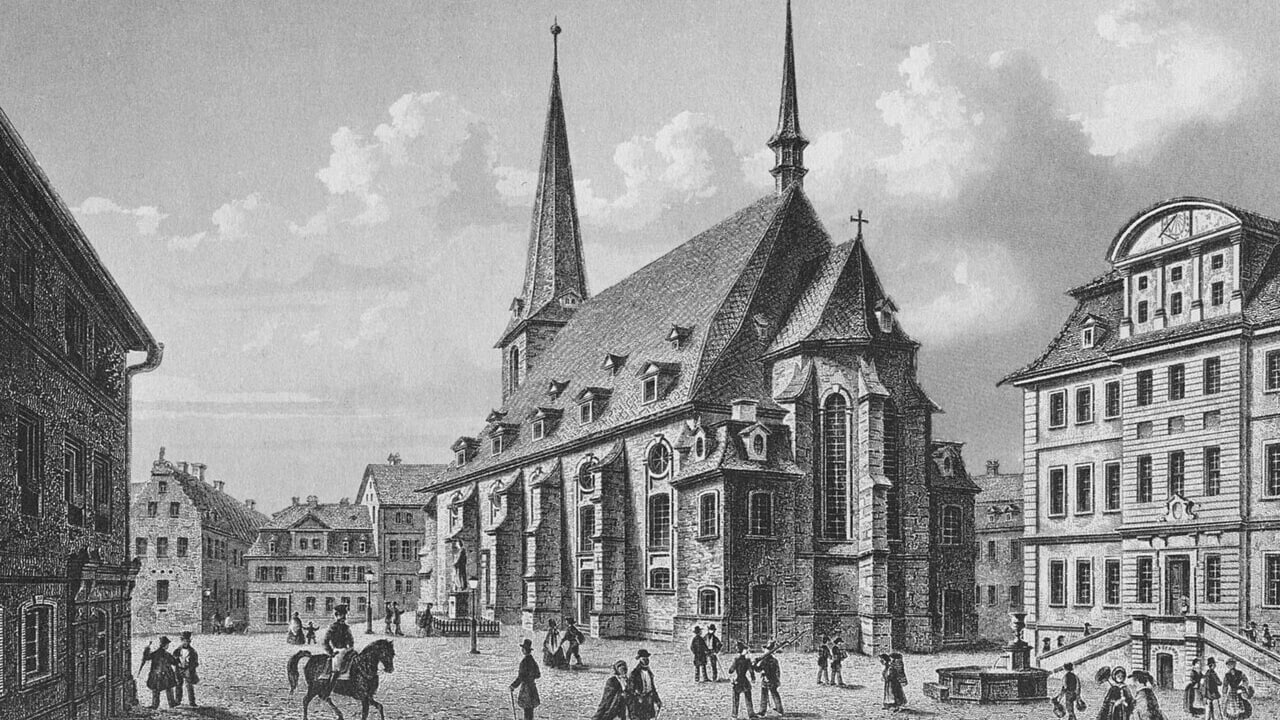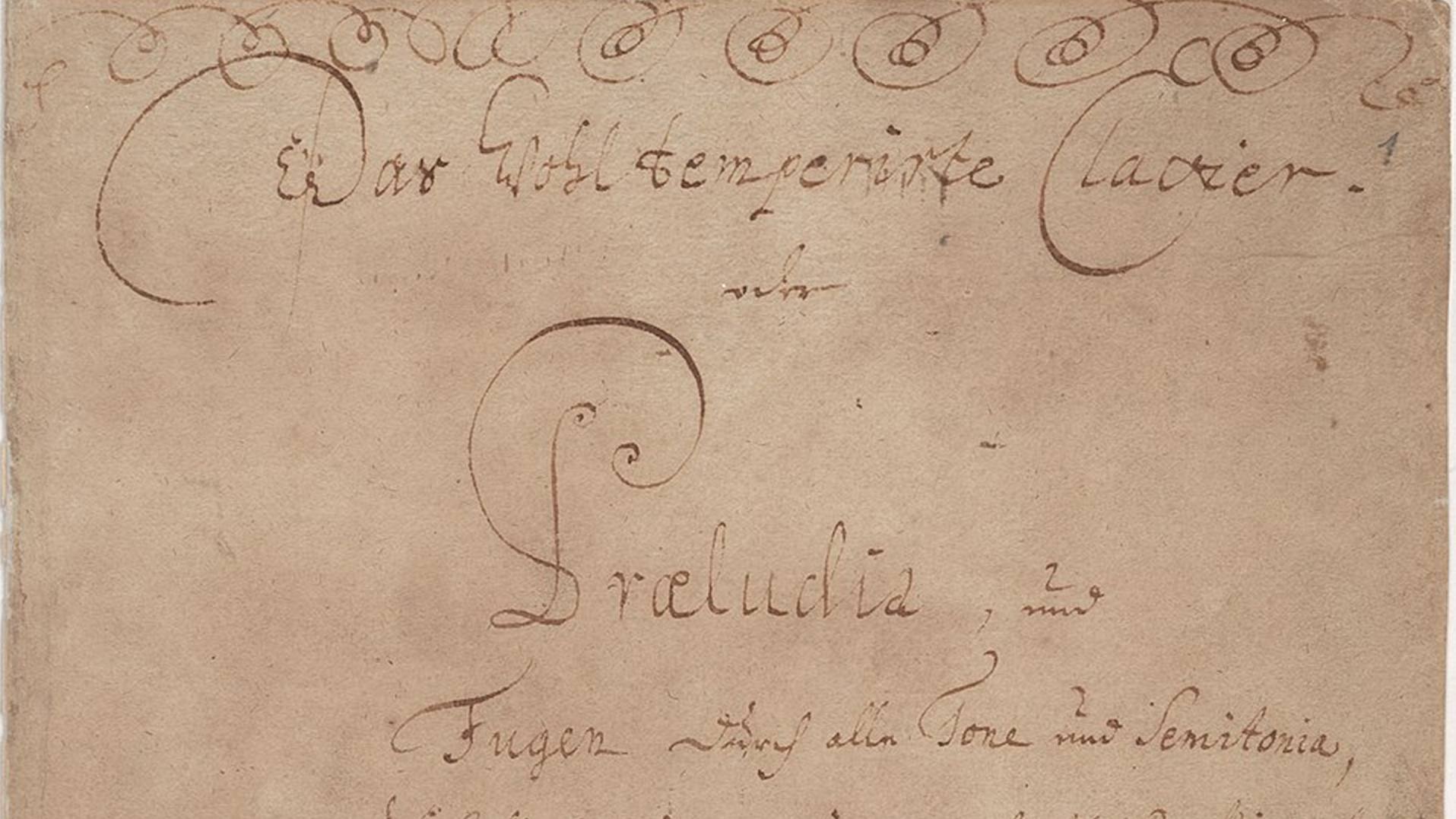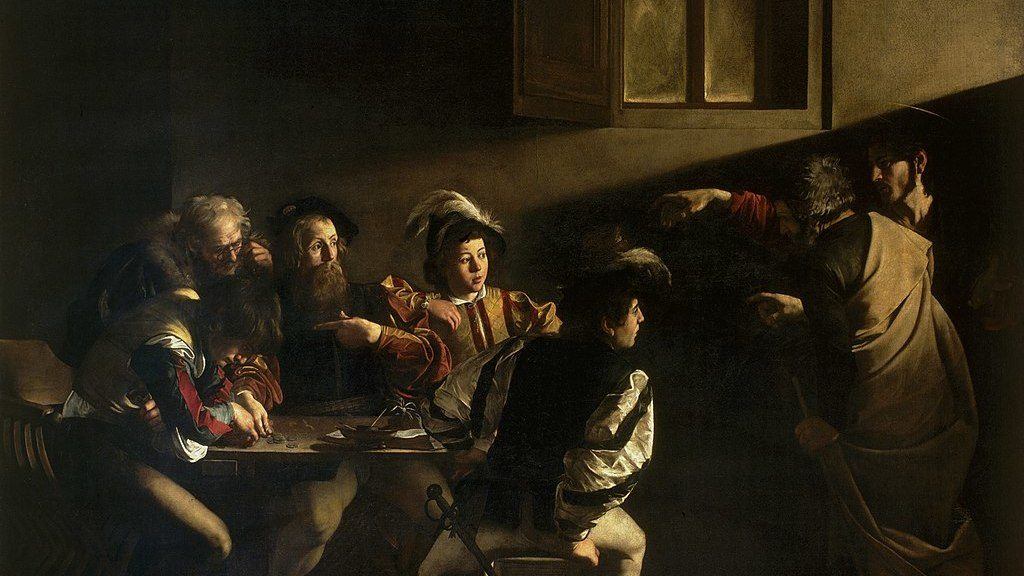Remembering Joan Lippincott
Joan Lippincott, the American organist and esteemed teacher, passed away last Saturday, May 31 in Newtown, Pennsylvania. She was 89. For nearly four decades, Lippincott served as Professor of Organ and Head of the Organ Department at Westminster Choir College in Princeton, New Jersey. A recent statement released by the College honors her contribution: With an unerring ear, a fierce dedication to musical integrity, and deep personal kindness, she was both a …

